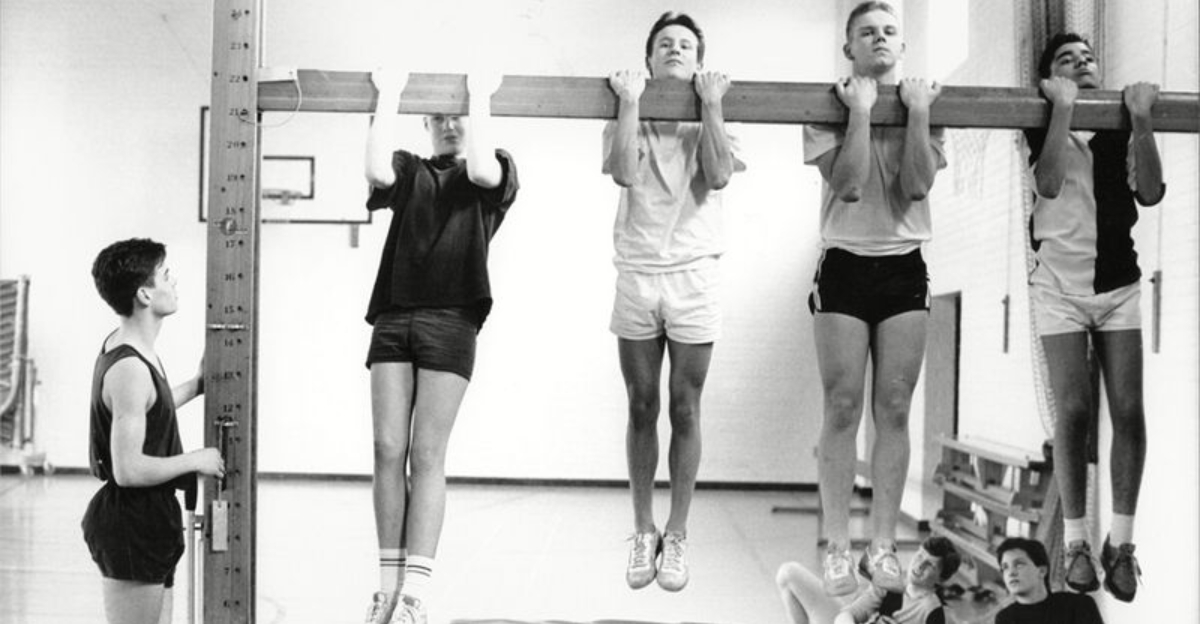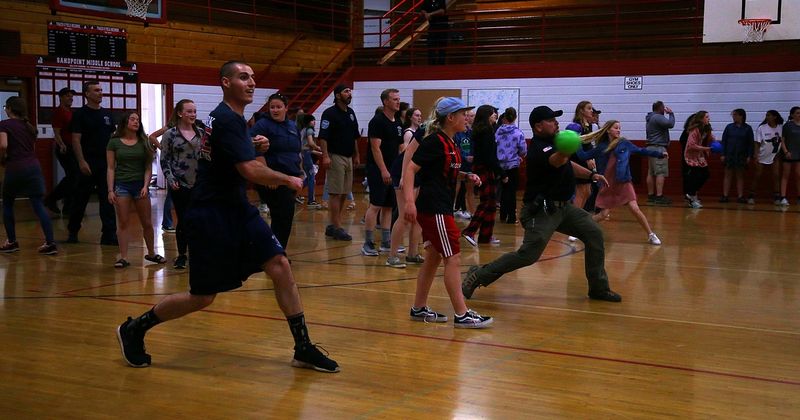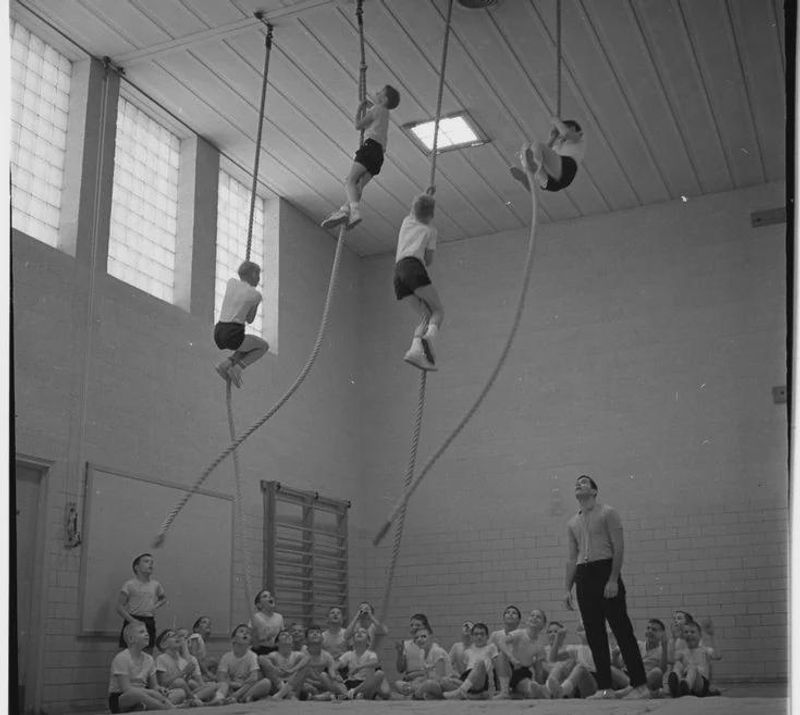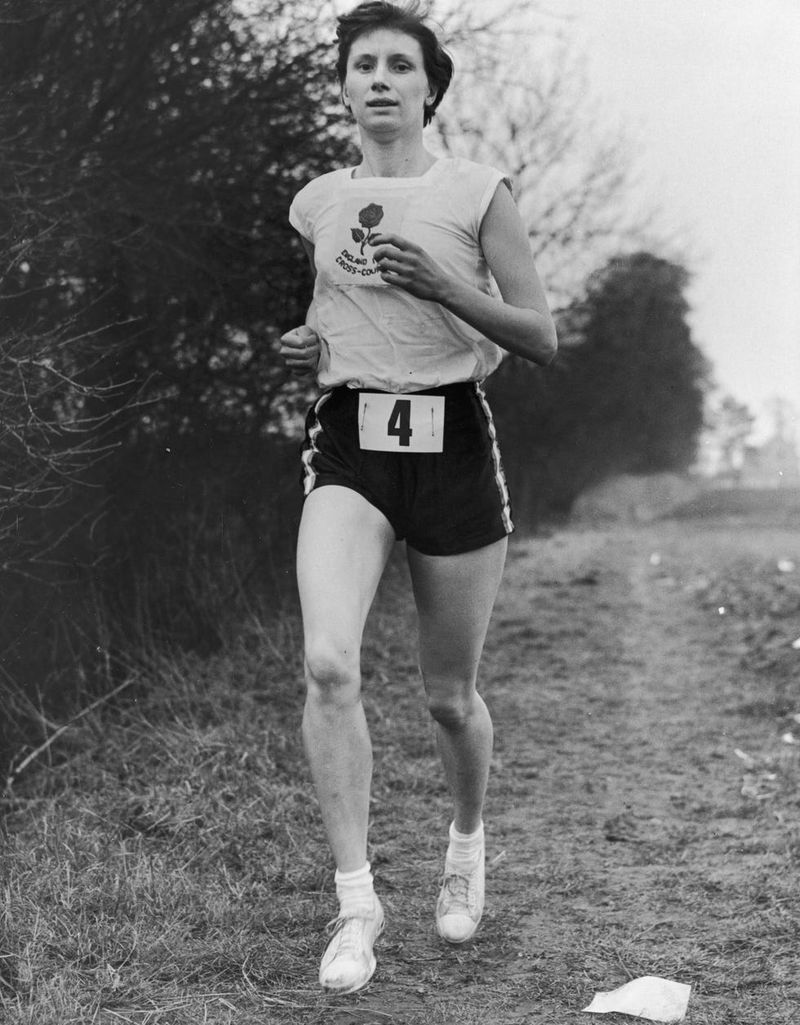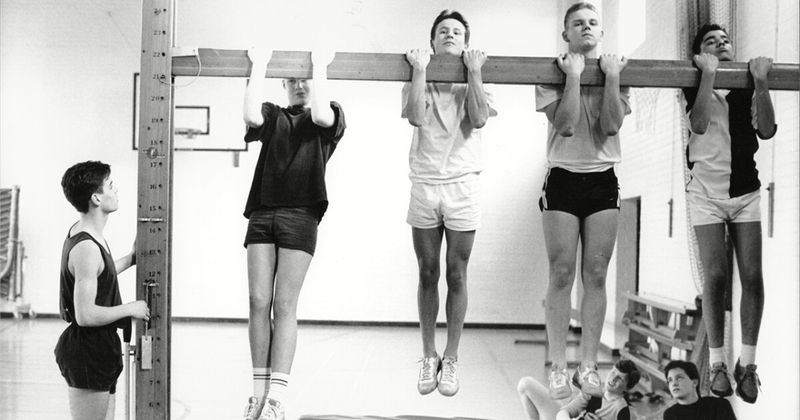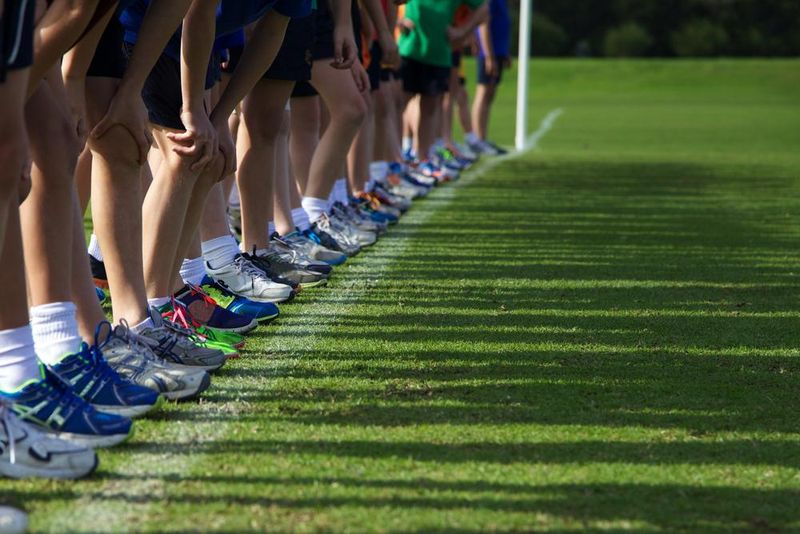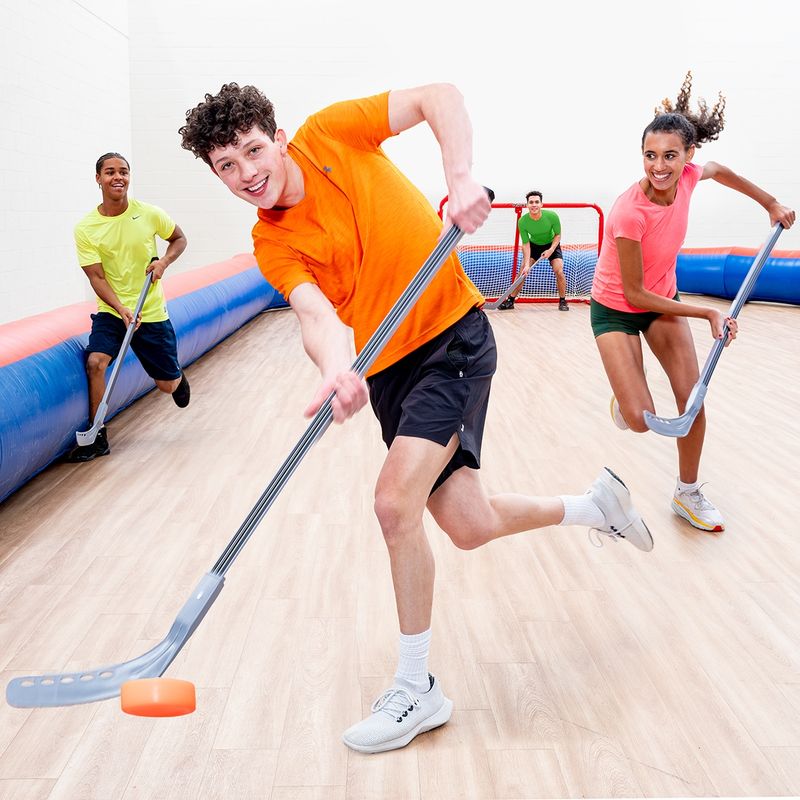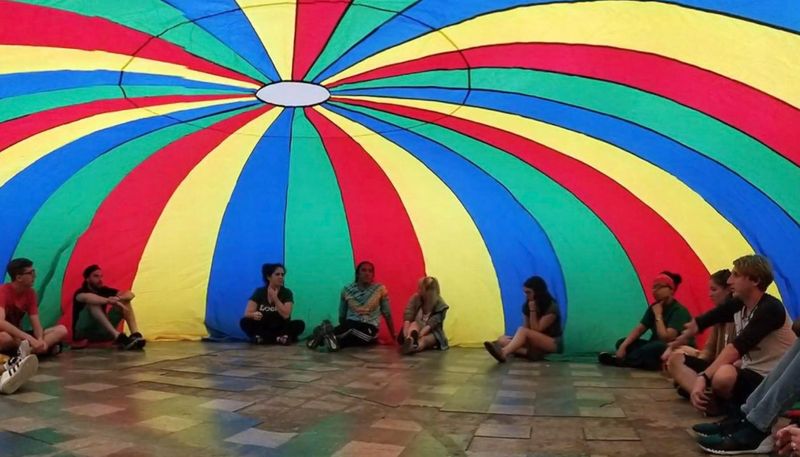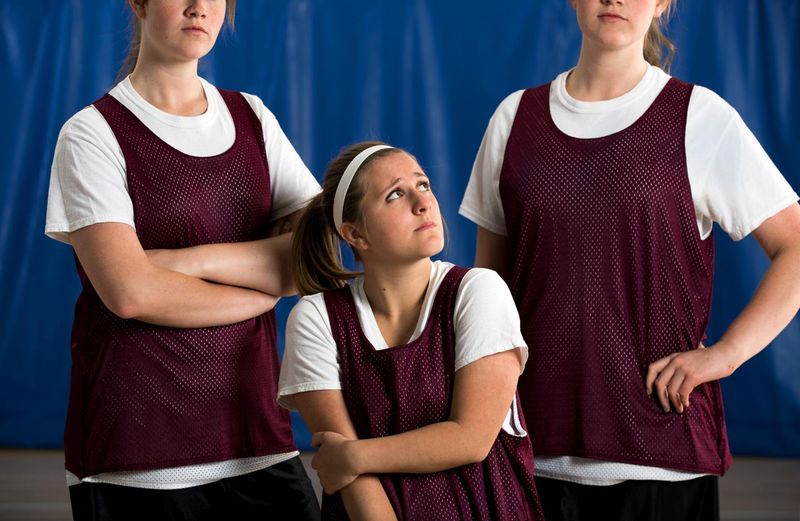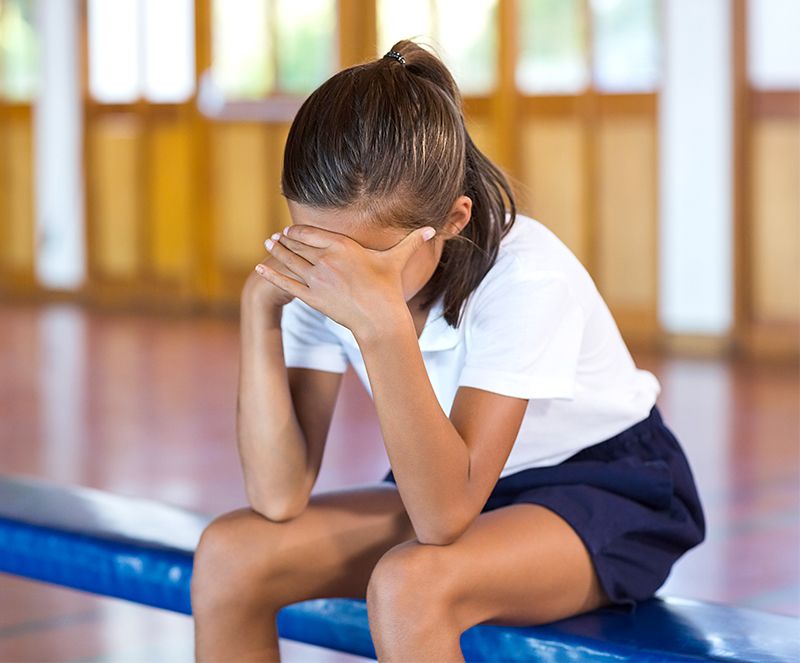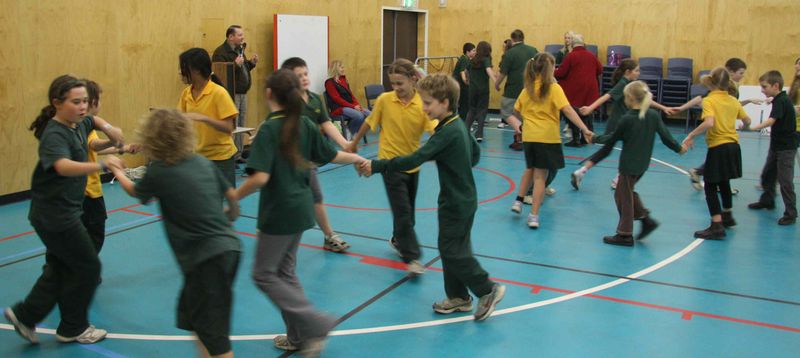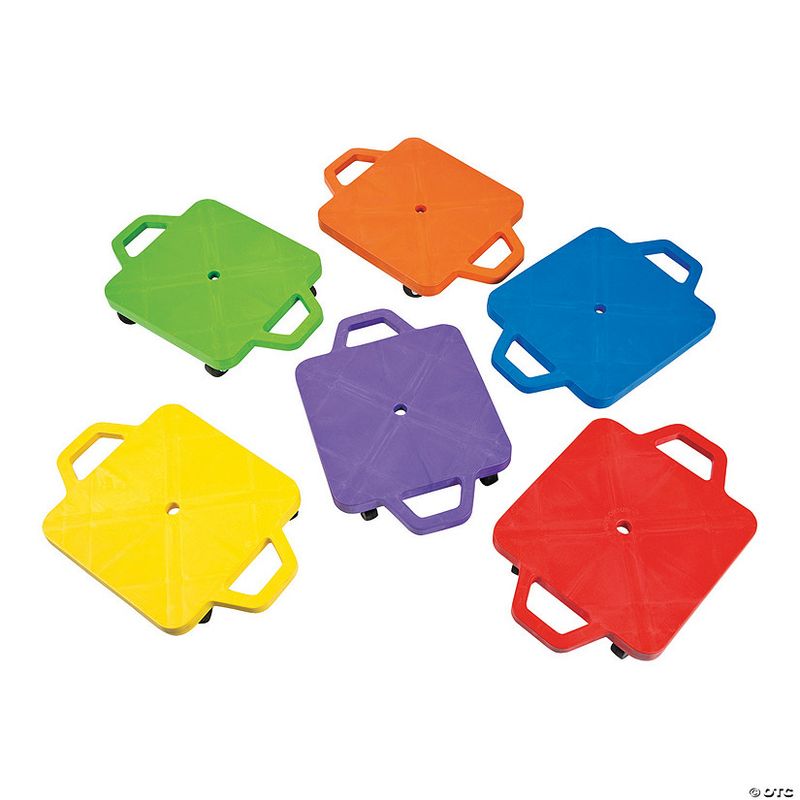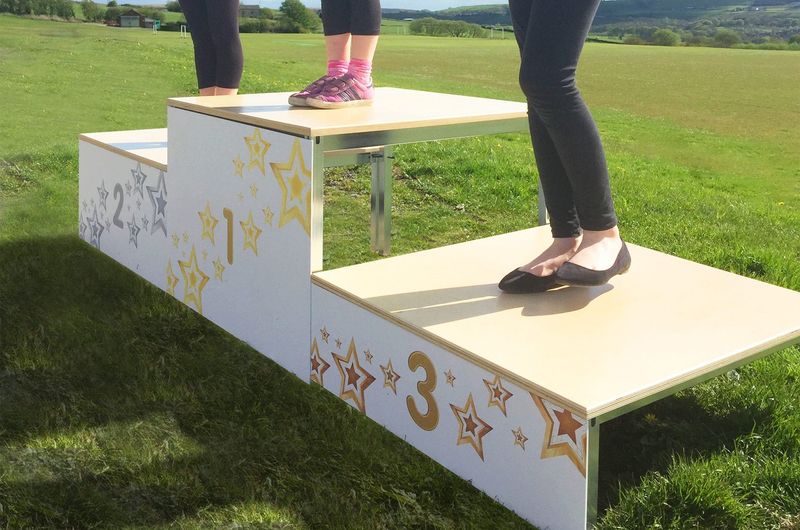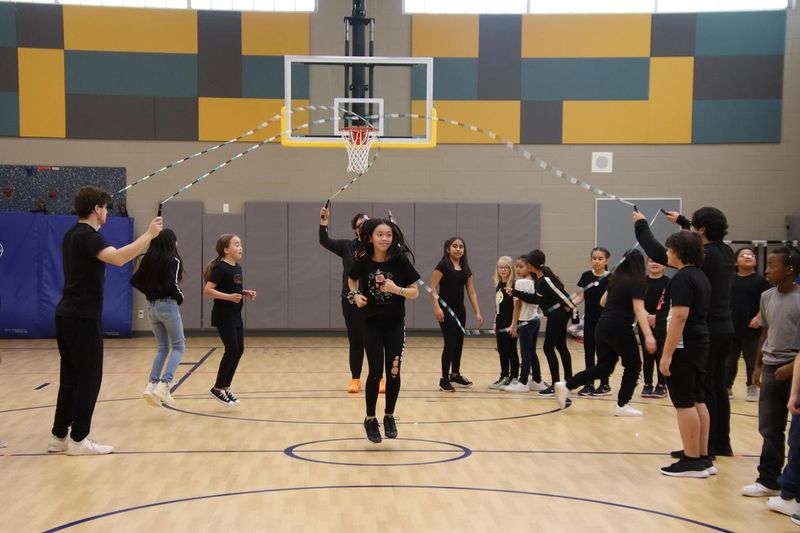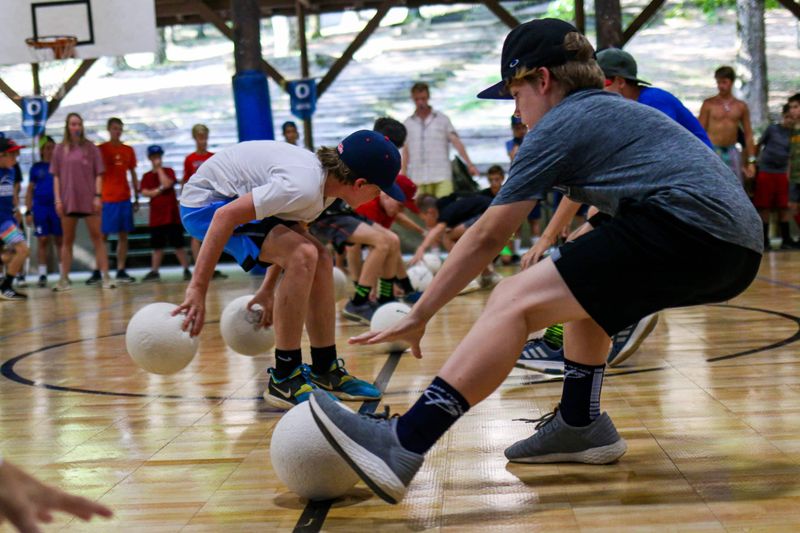Gym classes in the past were a mix of thrilling challenges and peculiar practices that shaped our childhoods. From the thrill of dodgeball to the awkwardness of communal showers, these experiences often walked the fine line between fun and fear.
Today, many of these practices would be deemed inappropriate or unsafe, reflecting how much society has changed its approach to physical education.
Let’s take a look back at the 20 things we endured in gym class that simply wouldn’t be acceptable today.
1. The Dodgeball Gauntlet
Dodgeball was both a thrilling and terrifying experience. Picture this: rubber balls hurled at breakneck speed, and yes, aiming for the head was part of the fun. The adrenaline rush was unmatched, yet the fear of getting struck stayed with you.
More than just a game, it was a rite of passage. Friends became foes, and every throw tested your reflexes. However, the camaraderie built by surviving such a chaotic sport was invaluable.
In today’s world, safety concerns and a focus on inclusivity would likely overshadow the chaotic excitement of the dodgeball gauntlet.
2. Climbing the Rope with No Safety Mat
Rope climbing in gym class was the ultimate test of bravery and endurance. Imagine scaling those intimidating heights without a safety mat below. Each climb was a daring feat, pushing your physical limits.
Falling was a real fear, and the impact usually meant a bruised ego, if not worse. Yet, the thrill of reaching the top was unparalleled, a testament to one’s strength and determination.
Nowadays, schools prioritize student safety with proper gear and precautions. The risky days of unprotected climbs serve as a stark reminder of how far we’ve come in educational safety standards.
3. The Mile Run—Timed, Judged, and Public
Running a mile in gym class was a mixed bag of emotions. Picture a stopwatch-wielding coach timing your every move, as classmates watched your every step. For some, it was a chance to shine, while others dreaded the public judgment.
The pressure to perform could be overwhelming, especially for those not athletically inclined. Completing the run was an achievement, but being timed added an edge that was both motivating and nerve-wracking.
Today, the focus has shifted to personal fitness goals over public competition, reflecting a more supportive approach to physical education.
4. The Presidential Fitness Test
The Presidential Fitness Test was a fixture in gym class, a challenge that many faced with trepidation. Pull-ups, sit-ups, and a shuttle run all contributed to your ‘score’—a ranking of your physical prowess.
Kids often felt the weight of expectation, trying to meet standards that seemed impossibly high. Not everyone thrived under such scrutiny, and self-esteem often took a hit.
While the test aimed to promote fitness, it often highlighted disparities. Nowadays, there’s a focus on personal improvement rather than meeting a universal standard, a shift towards a more inclusive fitness culture.
5. No Deodorant, No Problem
The lack of deodorant in gym class was a hallmark of middle school life. Imagine a room full of kids who just finished a grueling workout, the air thick with the unmistakable scent of adolescence.
Hygiene awareness was limited, and daily showers were not enforced. The result was a unique ‘fragrance’ that became synonymous with PE class.
Today, personal hygiene is emphasized, and students are encouraged to take better care of themselves, reflecting a broader understanding of health and wellness. The lingering stench of gym classes past is a memory best left behind.
6. Running Laps as Punishment
Running laps was the go-to punishment in gym class. Whether you talked back to the coach or forgot your gym clothes, the solution was the same: more laps.
This method instilled discipline but also fostered resentment. Running was no longer about fitness; it became a dreaded consequence.
Today, using physical activity as punishment is frowned upon. Educators focus on promoting a positive relationship with exercise, aiming to instill a lasting appreciation for fitness rather than associating it with misconduct.
7. Communal Gym Uniforms
Communal gym uniforms were a rite of passage in gym class. Picture a heap of mesh jerseys shared among students, each with its own unique ‘aroma’ from previous wearers.
These uniforms were far from fashionable or comfortable, and they offered little in terms of hygiene. Yet, they were a symbol of unity—or at least, that was the intention.
Today’s emphasis on personal hygiene and individuality has shifted the norm. Students now have their own uniforms, reflecting a move towards personal responsibility and cleanliness in school sports.
8. Showering in Front of Everyone
Showers in gym class were a source of anxiety for many. Imagine rows of showerheads with no curtains or dividers, offering zero privacy.
The experience was uncomfortable at best, fostering a sense of insecurity in already self-conscious teens. Many skipped showers altogether, preferring the discomfort of sweat to the vulnerability of public nudity.
Modern schools are more sensitive to privacy needs, providing private stalls or allowing students to shower at home, reflecting a greater understanding of personal boundaries and comfort.
9. “Clean-Up” Sports Like Floor Hockey and Mat Wrestling
Floor hockey and mat wrestling were staples of gym class, often played with equipment that had seen better days. Imagine sticks held together with duct tape and mats that reeked of sweat.
These sports were less about skill and more about chaos. Every session was a whirlwind of noise and movement, with rules often discarded in the heat of the moment.
While these games were meant to engage students, the lack of proper equipment and structure often led to more frustration than fun, a testament to bygone days of gym class improvisation.
10. The Parachute (That Never Made Sense but We Loved It Anyway)
The parachute game was a beloved mystery of gym class. Imagine a giant, colorful fabric spread across the gym floor, kids eagerly gathering around to lift it high.
The purpose was unclear, yet the joy it brought was undeniable. Whether creating a ‘mushroom’ or sitting beneath its canopy, the parachute united everyone in shared delight.
While its educational value was debatable, the parachute game remains a cherished memory for many, a testament to the simple pleasures of childhood that transcend rationale.
11. Picking Teams the Old-Fashioned Way
Being picked for teams in gym class was a nerve-wracking ritual. Picture two captains taking turns to choose teammates as the rest waited in anticipation.
For those chosen last, it was a humbling experience, often impacting self-esteem. The process highlighted social hierarchies and could be both exhilarating and brutal.
Today, schools strive for inclusivity, using random assignments or rotating teams to ensure everyone feels valued. The shift reflects a more understanding approach to team sports, prioritizing participation over competition.
12. Zero Excuses Policy
Gym class often adhered to a rigid zero excuses policy. Imagine having a broken arm or sprained ankle, yet still being required to participate in some form.
Coaches would find alternative roles, like keeping score, ensuring no one escaped gym duty entirely. While it instilled resilience, it sometimes felt unfair to those genuinely unfit for activity.
In contrast, today’s educators recognize the importance of rest and recovery, adapting activities to individual needs, promoting a healthier balance between persistence and well-being.
13. The Whistle of Doom
The whistle was the ultimate authority in gym class. A sharp tweet could halt any activity, signaling everything from a change of game to instant push-ups.
Students learned to respond instantly, a Pavlovian reaction developed over years of conditioning. The whistle could command respect, fear, or relief, depending on its context.
While still used today, the approach to discipline in gym class has softened, focusing more on positive reinforcement than authoritarian control, reflecting broader educational trends towards empathy and understanding.
14. “Fun” Units Like Square Dancing
Square dancing in gym class was an exercise in awkwardness. Imagine being paired with a classmate, trying to follow steps to traditional music echoing through the gym.
For some, it was a fun break from usual activities, but for others, it was a discomforting dance of clumsy footwork and teenage insecurity.
While intended to teach rhythm and teamwork, many students dreaded these units. Today, a broader variety of activities cater to diverse interests, promoting engagement and enjoyment for all students.
15. Wall Sits Until Your Legs Cried
Wall sits in gym class were a test of endurance and willpower. Imagine pressing your back against a wall, sliding down to a sitting position, and holding it until your legs burned with fatigue.
Coaches loved this exercise for its simplicity and effectiveness, but students often saw it as a grueling ordeal, a painful challenge disguised as character building.
Today, fitness is approached with more variety and engagement, focusing on fostering a lifelong love for physical activity rather than associating it with discomfort and dread.
16. Weird Equipment No One Explained
Gym class was a treasure trove of odd equipment. Picture scooter boards that pinched fingers and rainbow balls that never bounced right. These mystery items added an element of surprise to every class.
Often, instructions were vague or non-existent, leaving students to devise their own uses. While it inspired creativity, it also led to confusion and occasional chaos.
Nowadays, equipment is more standardized and comes with clear guidance, ensuring safety and maximizing educational value in physical education environments.
17. Winners Took All
In gym class, winning was everything. Imagine a sports day with a podium for the victors, ribbons and trophies for those who excelled.
The ‘winner takes all’ mentality left little room for participation trophies, meaning those who didn’t place often went home empty-handed. While it fueled competition, it also left some disheartened.
Today’s focus on inclusivity ensures everyone is recognized for their efforts, fostering a more positive experience where participation is celebrated alongside achievement, reflecting a shift towards a more supportive sports culture.
18. Shared Jump Ropes and No Hand Sanitizer
Jump ropes in gym class were communal property, often frayed and well-used. Imagine sharing these grimy ropes with classmates, no hand sanitizer in sight.
The lack of hygiene awareness meant germs spread easily, yet it was a norm few questioned. Jumping rope was a staple exercise, but it came with the price of shared sweat.
Today, personal hygiene is emphasized, with hand sanitizer readily available and equipment maintenance prioritized, reflecting a greater understanding of health and cleanliness in schools.
19. Bombardment
Bombardment was dodgeball on steroids, a chaotic blend of multiple balls and no safe zones. Imagine the gym turned battlefield, where ducking and diving were your only defenses.
It was a game of survival, with no place to hide and everyone out for themselves. The thrill was undeniable, but so was the risk of injury.
Modern educational standards prioritize safety and inclusivity, moving away from such intense games in favor of activities that ensure all students can participate without fear of harm.
20. Injuries Were Part of the Game
Injuries in gym class were often shrugged off as part of the experience. Picture a first aid kit at the ready, students nursing bruises and sprains as a coach watched over.
The mentality was to ‘tough it out,’ a badge of honor in the rough-and-tumble world of school sports. Serious injuries were rare, but minor ones were commonplace.
Today, there’s a stronger emphasis on safety and injury prevention, with coaches trained to prioritize student well-being over traditional notions of toughness.
